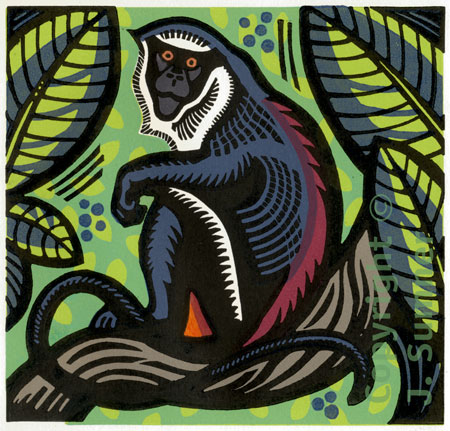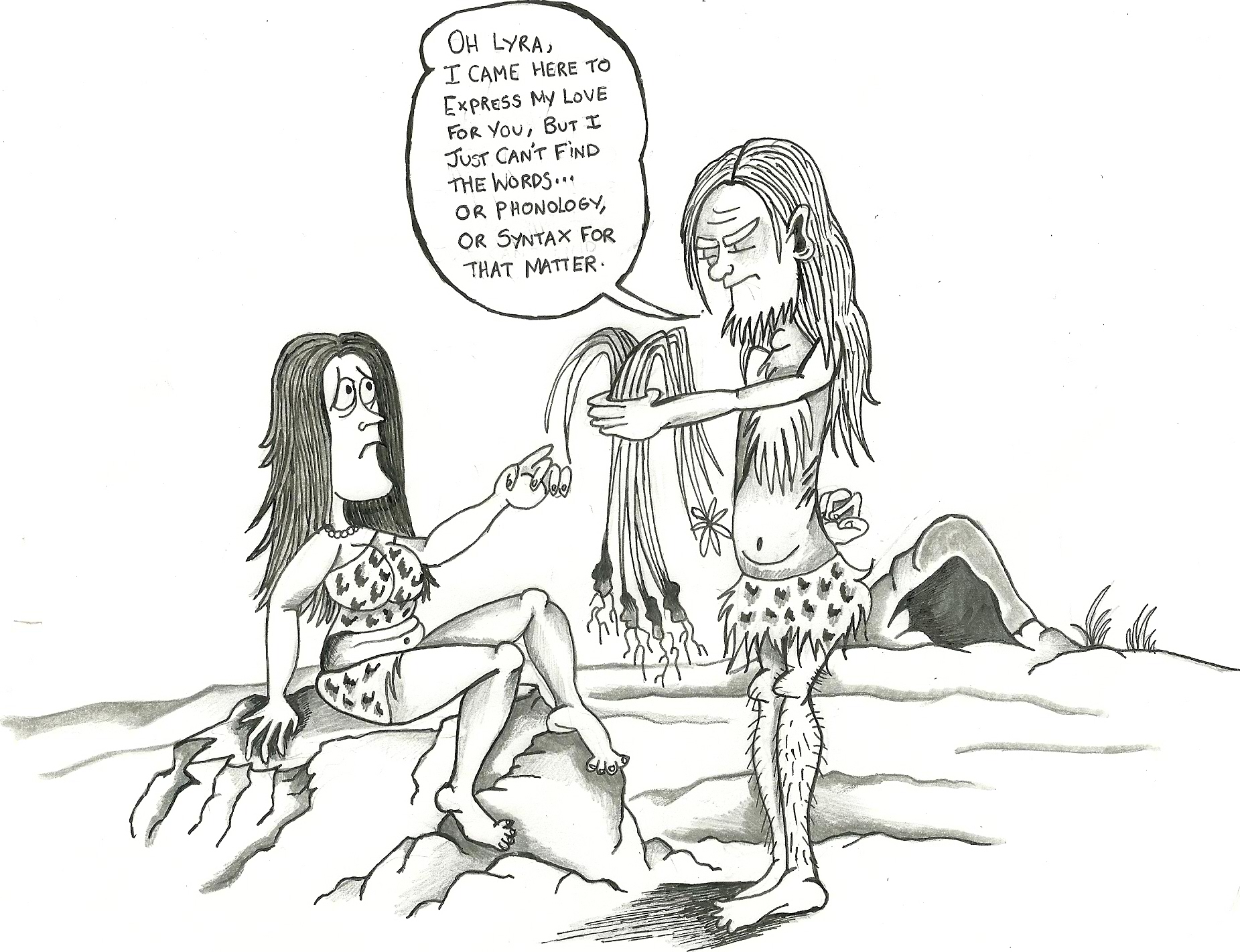Note: Most of the content in this post is refuted wonderfully in the comment section by one of the original authors of the paper. I highly recommend reading the comments, if you’re going to read this at all – that’s where the real meat lies. I’m keeping this post up, finally, because it’s good to make mistakes and learn from them. -Richard
§§
I had posted this already on the Edinburgh Language Society blog. I’ve edited it a bit for this blog. I should also state that this is my inaugural post on Replicated Typo; thanks to Wintz’ invitation, I’ll be posting here every now and again. It’s good to be here. Thanks for reading – and thanks for pointing out errors, problems, corrections, and commenting, if you do. Research blogging is relatively new to me, and I relish this unexpected chance to hone my skills and learn from my mistakes. (Who am I, anyway?) But without further ado:
§
In a recent article covered in NatureNews in Societes Evolve in Steps, Tom Currie of UCL, and others, like Russell Gray of Auckland, use quantitative analysis of the Polynesian language group to plot socioanthropological movement and power hierarchies in Polynesia. This is based off of previous work, available here, which I saw presented at the Language as an Evolutionary Systemconference last July. The article claims that the means of change for political complexity can be determined using linguistic evidence in Polynesia, along with various migration theories and archaeological evidence.
I have my doubts. The talk that was given by Russell Gray suggested that there were still various theories about the migratory patterns of the Polynesians – in particular, where they started from. What his work did was to use massive supercomputers to narrow down all of the possibilities, by using lexicons and charting their similarities. The most probable were then recorded, and their statistical probability indicated what was probably the course of action. This, however, is where the ability for guessing ends. Remember, this is massive quantificational statistics. If one has a 70% probability chance of one language being the root of another, that isn’t to say that that language is the root, much less that the organisation of one determines the organisation of another. But statistics are normally unassailable – I only bring up this disclaimer because there isn’t always clear mapping between language usage and migration.


